Instructional Strategies and Resources for Joyful Culturally Infused Learning – Coding and Engineering Design
Overview
This Manual1 is a collection of teaching and learning ideas, experiences and materials that will provide a framework to underpin development of further learning related to culturally integrated Engineering Design and Coding.
1(If you prefer, you can view a document version of the manual, from which this webpage version is adapted.)
Additionally, KARMA’s team assembled “The Weaving Together of Inter-Tribal Culture“ which is a document examining the intertwining of culture and technology, a peaceful hope and goal for the education of our Native children. A belief that cultural weaving is a strength as well as a gift.
Characteristics
- Includes instructional experiences appropriate for K-12 grades through adulthood.
- Methods and content affirm and empower Native youth and adults, building on their culture and traditions.
- Experiences are hands-on, mind-on learning experiences focused on problem solving using Playful Pedagogy approaches to learning and utilizing STEM and collaborative opportunities.
- Involves the learner as co-designer and developer of ideas that further their own learning and that of the broader community.
- Will be jumping off materials to begin developing engaging units of instruction, and community projects focused around place-based learning.
Targeted Towards
The Manual is an invitation to K-12 students, teachers and community members to explore Engineering Design and Coding for the purposes of learning about 21st Century technology, and using that technology to understand career opportunities and to joyfully invent practical products and processes. It will be used:
- By instructors to assist learners attending professional development. Will be used as the foundation for a 3-5 day Professional Development experience for new maverick teachers and others.
- In PEBL and Tech and Play as the foundation for thematic instructional unit development.
- By teachers and others as a Resource for building on their initial knowledge of the concepts and allowing multiple points of entry.
- To introduce community members to Engineering Design and opportunities for problem solving using 21st Century technology.
- For cross-project work with other STEM projects operating on the Navajo Nation that include ZeroRobotics and the Engineering Van Outreach of Navajo Technical University.
Organization and Use of the Manual
Topics in the Manual begin with basic learning opportunities designed to introduce the topic and then are supplemented with Resources that further growth activities in each topic providing multiple points of entry to support all learners. Learners can move through the experiences in sequence or begin where they are comfortable.
Topics Covered in the Manual
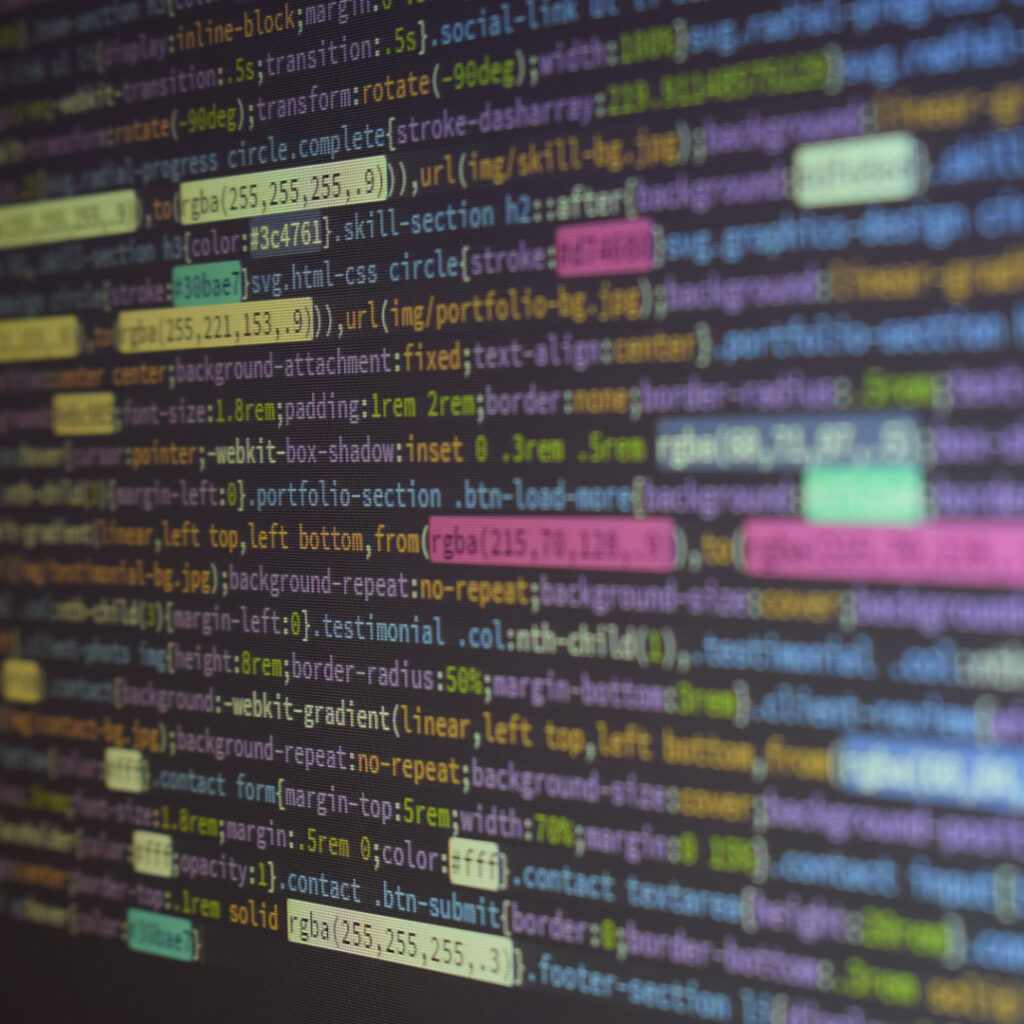
Coding
Coding empowers us to transform digital spaces. In this chapter, you’ll learn how coding is connected to language, and get started with coding environments used throughout the manual.

Engineering Design
The Engineering Design process is a way of solving a problem. We solve problems every day. In this chapter, you’ll explore the different engineering design processes.
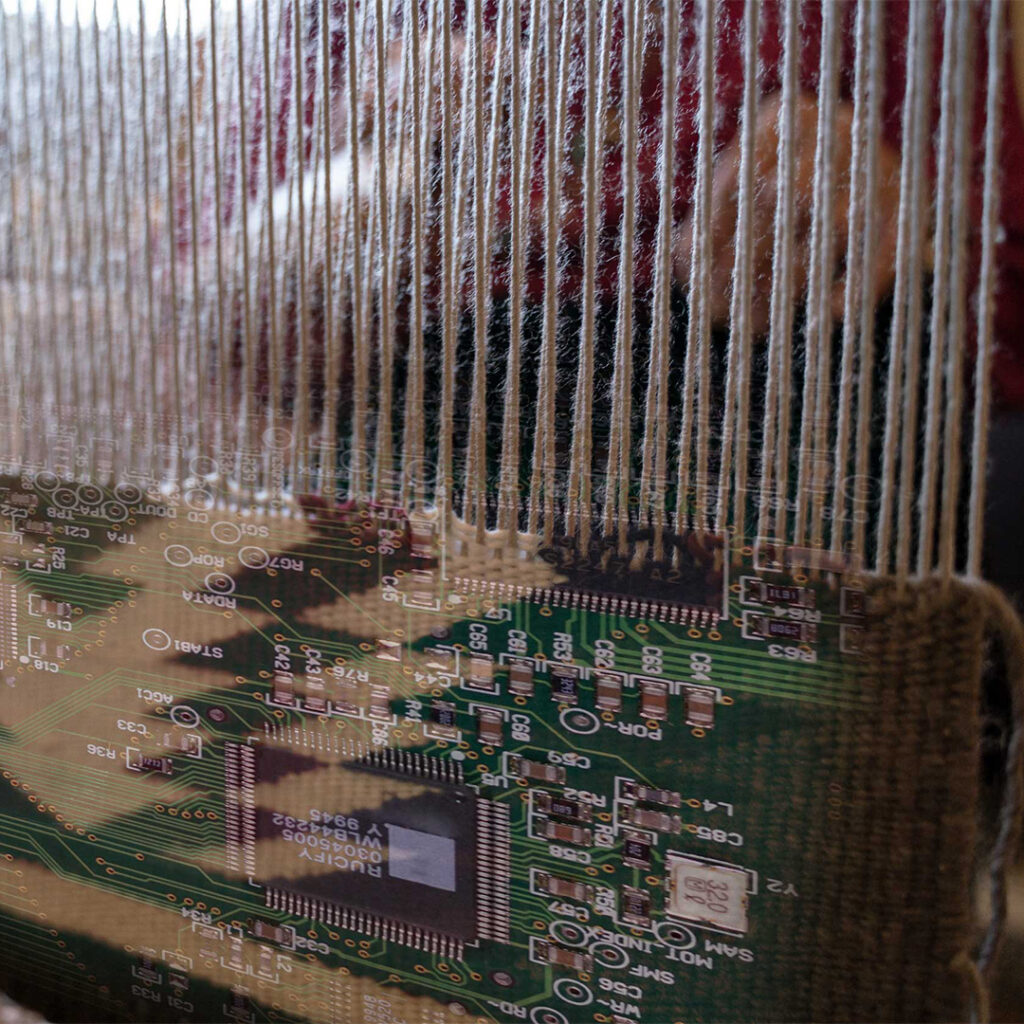
Cultural Context and Integration
Cultural elements can be infused into the topics that apply Engineering Design and Coding. In all cultures there is a tradition around how to approach and solve problems.
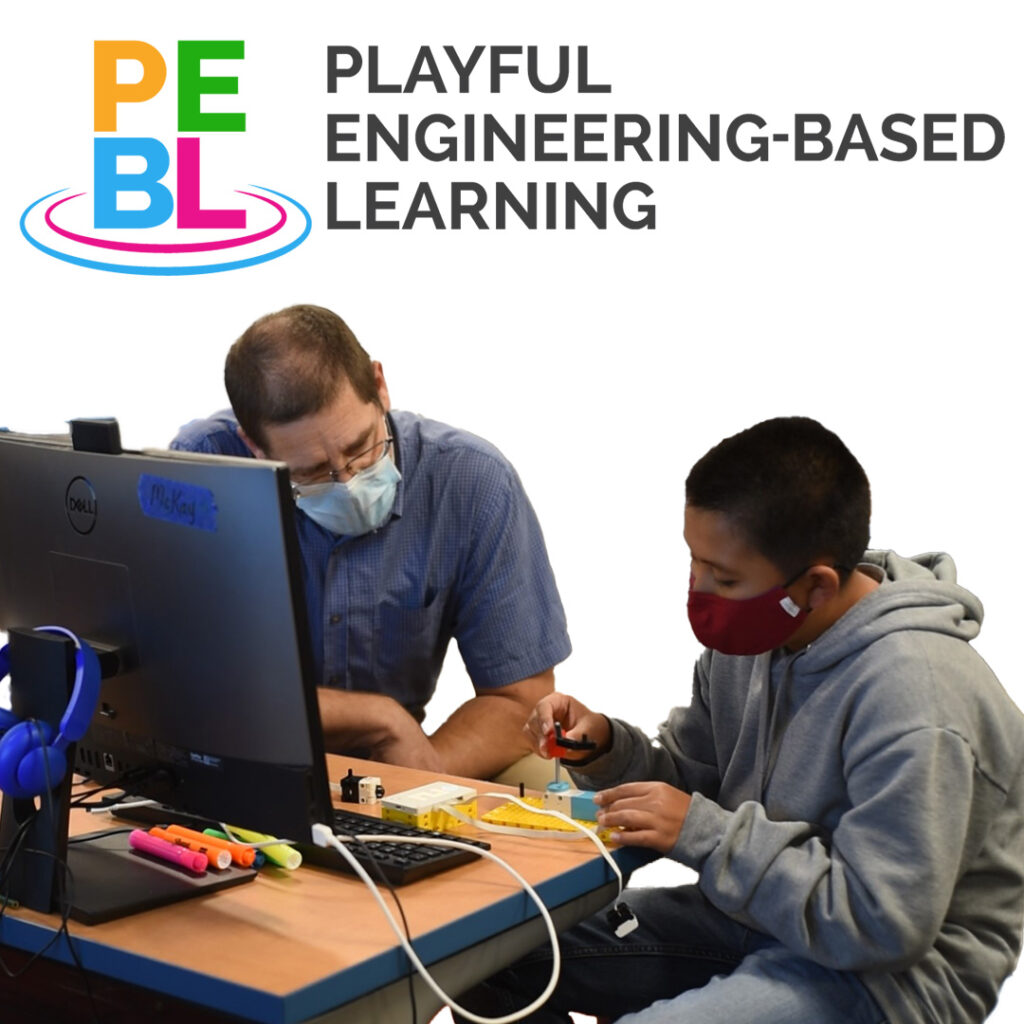
Playful Engineering Based Learning
Play is central to creative problem solving. Designing for play based learning can motivate and engage students in engineering and making.
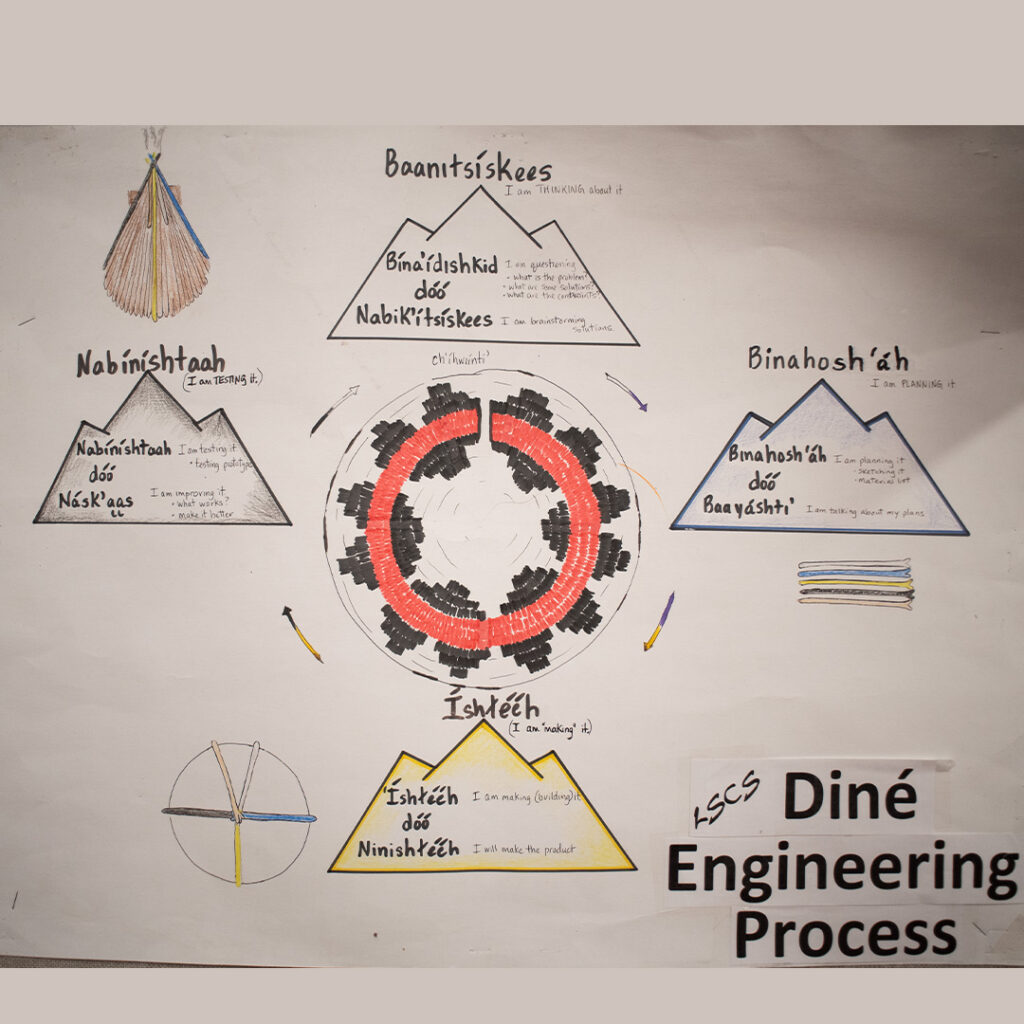
Engineering as a Profession
Engineers learn to solve all kinds of problems. In this chapter you’ll hear from indigenous professional engineers across a broad range of disciplines.
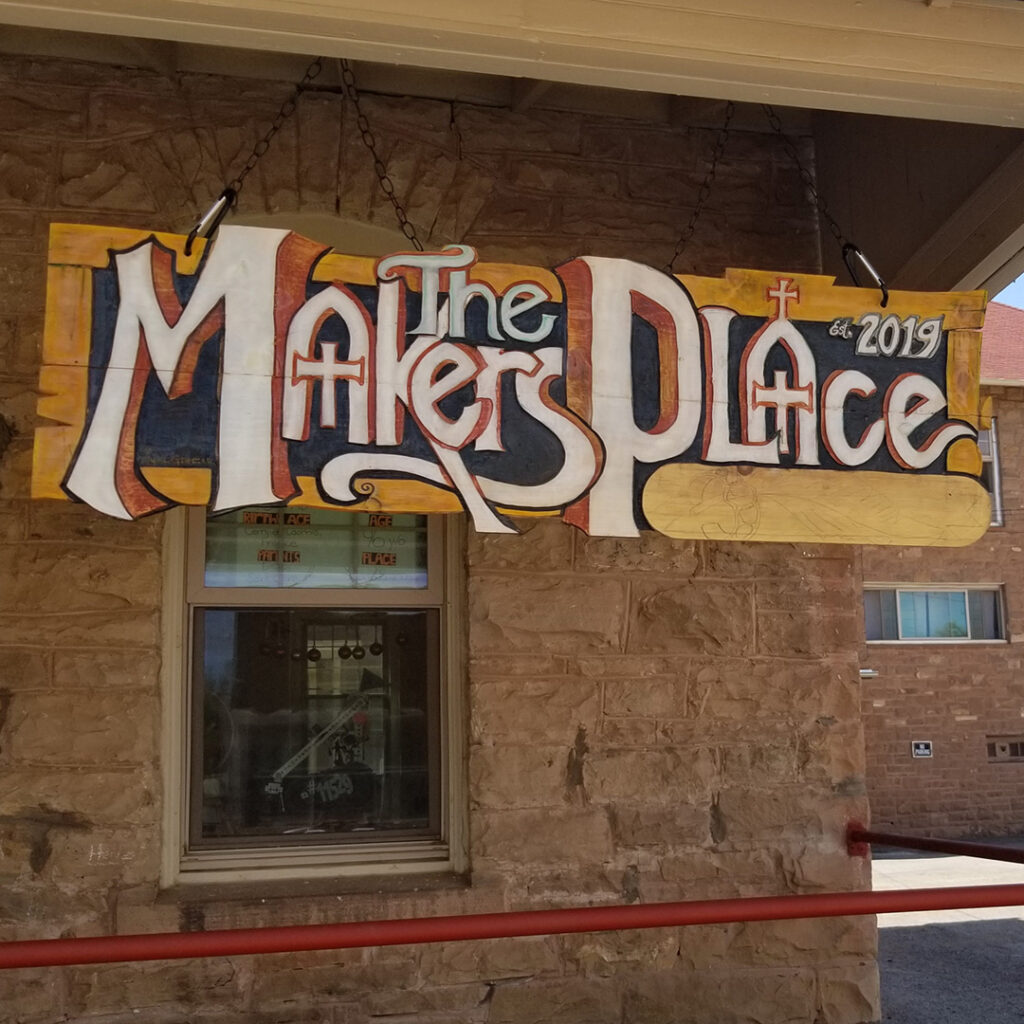
Makerplace
The collected tools used communally by students and makers of all ages form a Makerplace within a community. It is a place of learning, sharing and working on new ideas and products.
